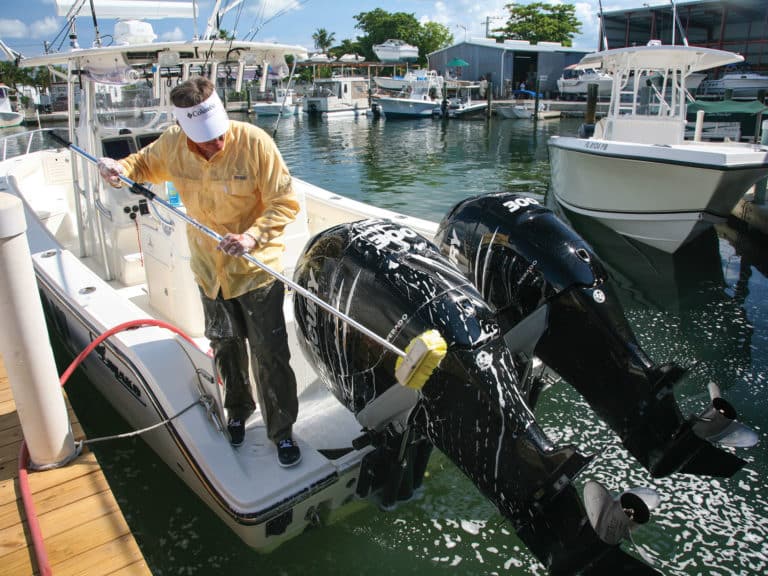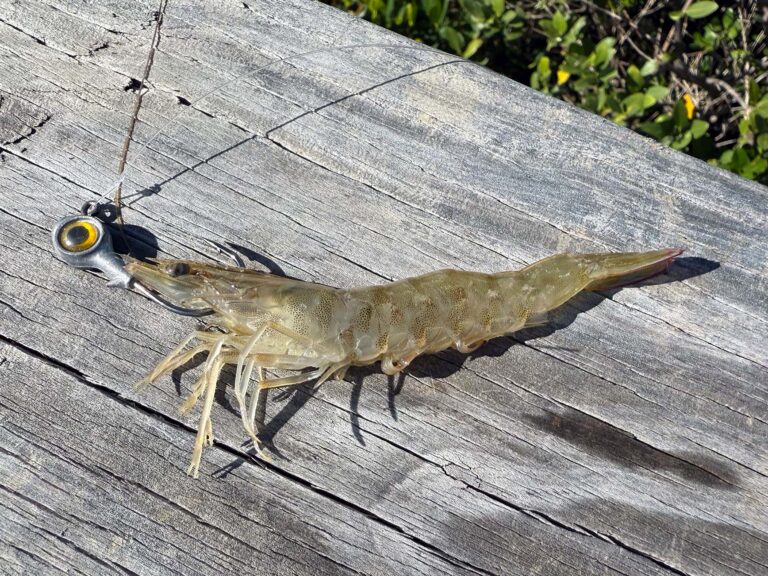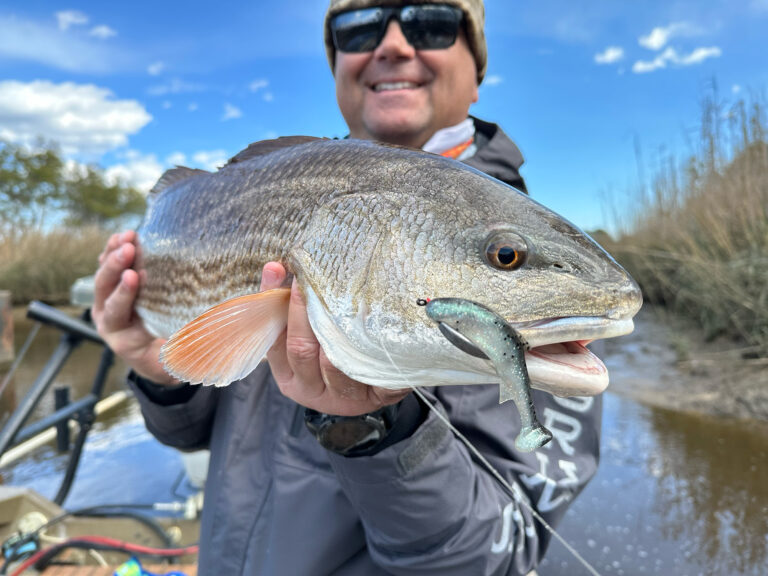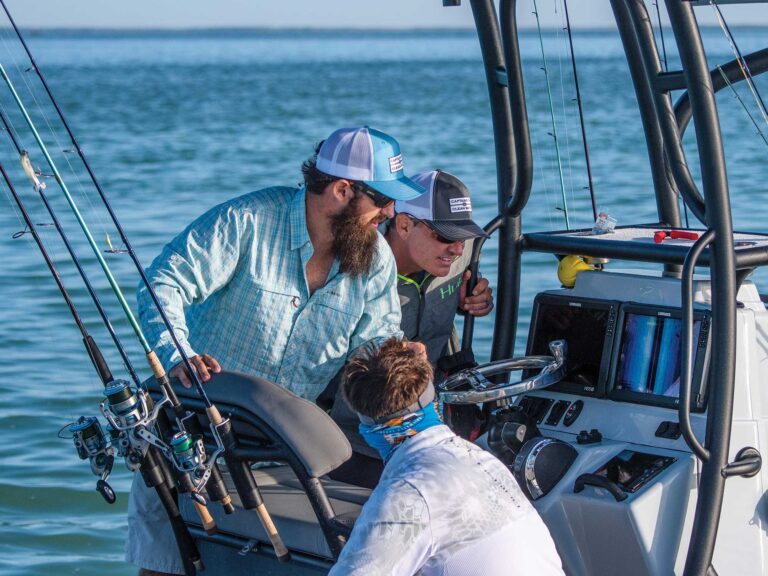The center of Superstorm Sandy made landfall near Atlantic City, New Jersey on Oct. 29, but significant effects were felt across the Chesapeake Bay watershed and beyond.
While NOAA scientists are analyzing information and planning more in-depth research on Sandy’s effects on the Bay and its living resources, initial data are available.
Wind Levels
NOAA Chesapeake Bay Interpretive Buoy System observing platforms tracked data at 10 locations during the storm.
The peak wind observed was at the Potomac/Point Lookout buoy-50.3 knots (57.9 miles/hour) from the north at 6:30 p.m. on October 29.
The maximum wave height was at the First Landing buoy-14.9 feet at 7:00 a.m. on October 29.
CBIBS buoys track wind speed at roughly 14 feet off the water; wind speeds recorded by other observing stations may have instruments that are located at higher points.
Below is a map with maximum wind speeds and wave heights at each location:
Surge Levels
While parts of New Jersey, New York, and the southern New England coast dealt with crippling storm surge, for the most part, the Chesapeake Bay avoided surge-related flooding, though some coastal flooding was reported. Because Sandy made landfall northeast of the Bay and then moved north-northwest, the Chesapeake experienced winds primarily out of the north and northeast during the height of the storm. Thus, there was no big “push” of water up the Bay associated with landfall.
But some areas along the Bay experienced surge-type flooding on Tuesday, October 30, especially during high tides, because by then the winds had shifted around to the south. NOAA monitors water levels at 16 locations in the Bay; they reported storm surges of 2 to 4 feet on top of an already high astronomical tide (full moon was the afternoon of October 29). The storm surge, which was highest in the Hampton Roads area, was approximately half of that seen during Hurricane Isabel in 2003. Isabel moved west of the Bay as it moved north, and its counterclockwise motion pushed water up the Bay.
Flood Levels
High rainfall around the watershed–including a storm-high 12.55 inches at Easton, Maryland, on the Eastern Shore–also brought flooding to some parts of the Bay. Notably, the rainfall is significantly raising water levels on the Potomac River and some of its tributaries, including the Monocacy River. The map below shows multisensor rain totals as tracked by rain gauges and radar:
The NOAA National Weather Service’s Middle Atlantic River Forecast Center continues to track and forecast flooding, including peak levels, in the Chesapeake Bay watershed. Much of the rainfall is still upstream from the Bay, working its way down through the river systems.
Rainfall from Sandy is affecting different parts of the Chesapeake Bay watershed than did 2011’s Irene and Lee rainfalls, which brought tremendous rainfall to the Susquehanna River watershed, especially from Lee. In the aftermath of those storms, rainfall increased flow of the Susquehanna River so much that the Conowingo Dam-located in the lower Susquehanna River near where it meets the Chesapeake Bay-had to release major amounts of water, which sent an accompanying **sediment plume **into the Bay.
So How is the Fishing?
Reports are that stripers are once again biting. The Maryland Department of Natural Resources reports:
_Fishermen were relieved to see water quality conditions to be flavorful throughout the bay regions and most freshwater areas this past week. Water temperatures are taking a nose dive due to chilly weather conditions and fish are adjusting by preparing for a long winter of hunkering down in most areas. In the Chesapeake Bay and Atlantic Ocean areas the last of our summer migrants got the nudge by Sandy and are headed for more southern and warmer waters. _
_Fishermen are finding water releases from the Conowingo Dam consistent with normal mid-day power generation releases and water clarity is generally good. Cooler water temperatures have striped bass and smallmouth bass in a very active mode from the dam pool, down the river and out into the bay. _
In the upper bay fishermen are finding schools of small striped bass spread throughout the region in tidal rivers and along channel edges in the bay. Bay anchovies tend to be the main target. Often the larger striped bass are being found in as deep as 65 feet of water feeding on the bay anchovies. Rich Watts reported that he did well j near the Bay Bridge piers and rock piles for a nice grade of striped bass and white perch and holds up a nice one destined for the dinner table.
_Fishermen in the middle bay region are finding plenty of small striped bass action in the lower sections of the region’s tidal rivers and steep channel edges where bait is being swept by. Bay anchovies are the predominant bait that the striped bass are foraging on. The bluefish have departed for more southerly and warmer waters thanks to Sandy. Current water temperatures in the region are around 51-degrees on the surface and 65-degrees down deep. As water temperatures take a nose dive talk around the docks has begun concerning the possible arrival of the large fall migrant striped bass. _
Lower bay region fishermen are reporting a lot of small striped bass spread throughout the region with schools of them chasing bait in the lower sections of the tidal rivers, along channel edges in the bay, the Middle Grounds area and lower Potomac River. Bay anchovies are the most common bait fish being seen in the region that the school-sized striped bass are feeding on. There are also menhaden in the region and if the large fall migrant striped bass show up; this is what they will be after.











